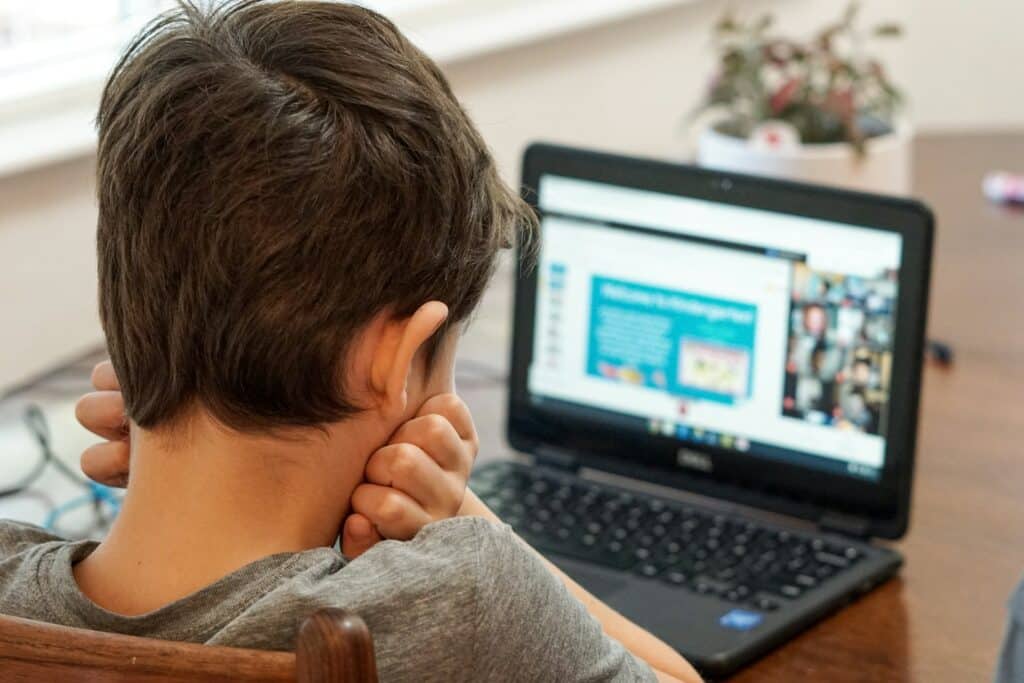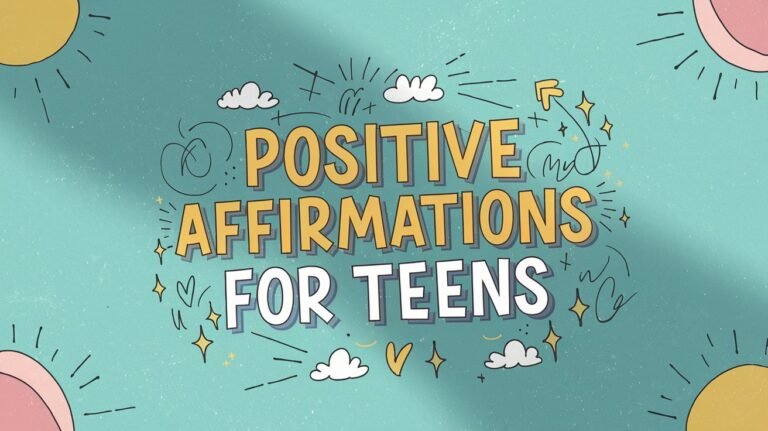In today’s hyper-connected world, children’s lives are deeply intertwined with the digital landscape. From social media and gaming to online learning and virtual friendships, the internet offers both remarkable opportunities and significant risks for young people. For parents, this presents a daunting challenge:
How do you keep your children safe online without stifling their independence or damaging trust? The answer lies in finding a healthy balance between monitoring and mentoring two approaches that, when combined thoughtfully, empower kids to become responsible digital citizens while keeping them protected from harm.
Understanding the Digital Playground: Risks and Rewards
The internet is a vast playground where kids can learn, create, and connect. However, it’s also a space rife with dangers: exposure to inappropriate content, cyberbullying, online predators, scams, privacy breaches, and misinformation.
Yet, shielding children entirely from technology is neither practical nor beneficial. Digital literacy is a crucial skill for the 21st century, and the internet is a powerful tool for education and self-expression. The real challenge for parents is not whether to allow online access, but how to guide it safely and constructively.
The Monitoring Approach: Protection Through Supervision
Monitoring involves actively overseeing your child’s online activities. This can include checking browser histories, reviewing social media posts, using parental control software, and setting clear rules for device usage. Monitoring is particularly important for younger children, who may lack the judgment or experience to navigate online risks independently.
Benefits of Monitoring
- Immediate Protection: Monitoring helps parents spot red flags, such as exposure to inappropriate content, suspicious contacts, or signs of cyberbullying.
- Boundary Setting: By establishing ground rules for screen time, device use, and online behavior, parents create a safer digital environment.
- Teachable Moments: Reviewing online activity together can open up conversations about safe and respectful behavior.
Potential Downsides
- Privacy Concerns: Excessive or covert monitoring can feel like an invasion of privacy, especially for teens, and may erode trust.
- Chilling Effect: Children who feel constantly watched may become secretive, anxious, or less likely to seek help when they encounter problems online.
- Limited Learning: Over-reliance on monitoring can prevent kids from developing critical thinking and self-regulation skills needed for independent digital life.
The Mentoring Approach: Guiding Digital Growth
Mentoring emphasizes guidance, open communication, and skill-building over surveillance. Instead of simply policing online activity, parents who mentor spend time with their children online, discuss digital challenges, and help them navigate complex situations. This approach recognizes that kids need more than just protection and they need preparation.
Benefits of Mentoring
- Builds Trust: Open dialogue fosters a sense of safety and encourages kids to share their online experiences, both good and bad.
- Promotes Digital Literacy: Mentoring teaches children how to evaluate information, recognize risks, and make smart choices online.
- Empowers Independence: As children mature, mentoring helps them develop the confidence and skills to manage their own digital lives responsibly.
Potential Downsides
- Less Immediate Control: Mentoring requires parents to step back and allow kids to make and learn from their own mistakes.
- Time and Effort: Effective mentoring is an ongoing process that demands patience, engagement, and regular conversation.
Striking the Balance: Monitoring and Mentoring in Practice
The healthiest digital parenting approach blends monitoring and mentoring, adjusting the balance as children grow.
1. Set Ground Rules Together
Involve your child in creating family guidelines for technology use. Discuss when, where, and how devices can be used, what sites and apps are appropriate, and what the consequences will be for breaking the rules. When children help set the boundaries, they’re more likely to respect and follow them.
2. Use Monitoring Tools Transparently
If you use parental controls or monitoring apps, be upfront about it. Explain that your intent is to keep them safe, not to invade their privacy. As children demonstrate responsibility, consider easing restrictions and shifting more toward a mentoring role.
3. Foster Open Communication
Make online safety a regular, two-way conversation. Ask your child about their digital experiences:
- “Have you ever seen something online that made you uncomfortable?”
- “What would you do if someone you didn’t know tried to contact you?”Listen without judgment and encourage them to come to you with any concerns.
4. Teach Digital Literacy and Citizenship
Discuss the importance of privacy, the risks of oversharing, and how to spot scams or misinformation. Role-play scenarios, such as receiving a suspicious message, to help kids practice safe responses. Encourage kindness and respect in all online interactions.
5. Model Responsible Digital Behavior
Children learn more from what you do than what you say. Demonstrate healthy screen habits by limiting your own device use, especially during family time, and practicing respectful online communication. Show your child how to balance technology with offline activities.
6. Gradually Grant Independence
As kids mature, gradually shift from direct monitoring to mentoring. For teens, focus on teaching responsible autonomy, how to manage privacy settings, recognize online risks, and seek help when needed. Respect their need for privacy while staying involved and supportive.
Addressing the Psychological Impact
It’s important to recognize that both monitoring and mentoring can have psychological effects on children. Overly strict surveillance may lead to secrecy, anxiety, or resentment, while a hands-off approach can leave kids vulnerable to harm or poor decision-making. The goal is to create a supportive environment where children feel both protected and trusted.
Research shows that children whose parents combine clear boundaries with open communication are more likely to develop resilience, digital literacy, and healthy online habits. By mentoring rather than just monitoring, you empower your child to make safe choices—even when you’re not watching.
Security Expert Insights: Protecting Kids’ Privacy in a Digital World
From a security perspective, the digital landscape is constantly evolving, with new threats emerging daily. Here are some expert recommendations for parents:
- Keep software and devices updated to protect against malware and hacking.
- Use strong, unique passwords and enable two-factor authentication on all accounts.
- Educate about phishing, scams, and cyberbullying. Teach kids never to click on suspicious links or share personal information online.
- Cover webcams and limit access to microphones when not in use to prevent unauthorized surveillance.
- Review privacy settings on all apps and platforms, turning off location sharing and restricting who can contact your child.
- Use a VPN such as AstrillVPN, to add an extra layer of privacy and security, especially on public networks or when traveling.
Remember, no tool or rule can replace the power of a trusting relationship and ongoing education. Stay informed about the platforms your child uses and keep the conversation going.
Conclusion: Raising Privacy-Savvy Digital Citizens
Parenting in the digital age is a journey, not a destination. The most effective approach combines the vigilance of monitoring with the wisdom and empathy of mentoring, always with a strong emphasis on privacy. By setting clear boundaries, modeling good digital and privacy habits, and fostering open dialogue, you help your child grow into a confident, capable, and safe digital citizen.
Your goal is not just to protect your child from today’s online dangers, but to prepare them for a lifetime of responsible and empowered technology use. As your child’s first and most important digital mentor, you have the opportunity to guide, support, and inspire them both online and off while helping them understand and value their own privacy.


















